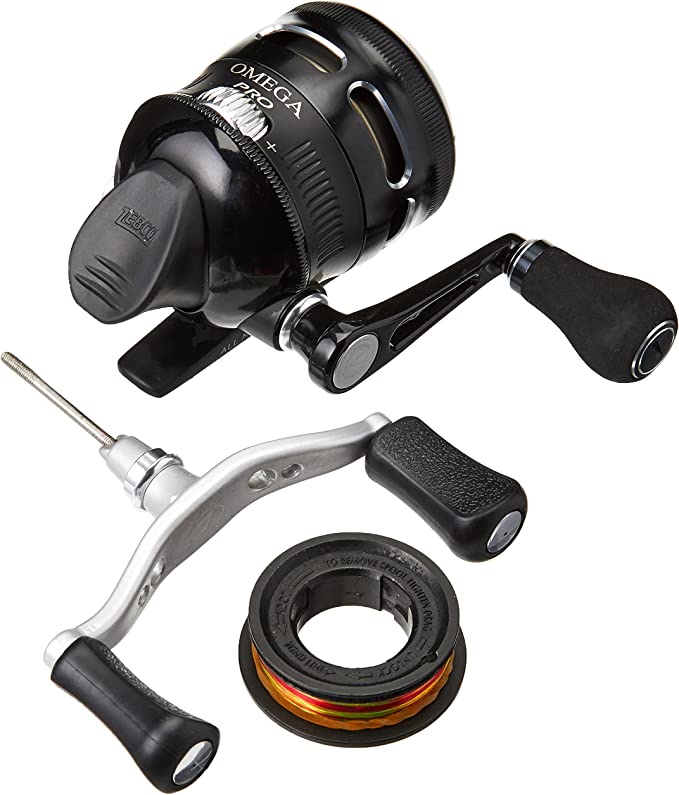Bull Outdoor Products 30009: Your Culinary Companion for Alfresco Adventures
Update on Aug. 2, 2025, 5:23 p.m.
There has been a quiet revolution in our backyards. The solitary grill, once the undisputed king of outdoor cooking, now often finds itself as just one component in a far grander vision: the complete outdoor kitchen. This migration from a simple patio to a fully-realized alfresco dining and preparation space signals a fundamental shift in our expectations. We no longer just want to grill outdoors; we want to cook outdoors, with all the precision, power, and versatility we command in our indoor kitchens. This demand has pushed engineering beyond simple convenience and into the realm of serious science, perfectly embodied in the design of the modern, professional-grade side burner. Taking the Bull Outdoor Products 30009 as a case study, we can deconstruct the elements that elevate such an appliance from a mere accessory to a cornerstone of culinary craft.

The Unseen Guardian: A Study in Steel
Any appliance destined for a life outdoors must first answer a formidable challenge: nature itself. Rain, humidity, temperature swings, and acidic food spills form a relentless assault. The first line of defense, and arguably the most critical long-term feature of a quality outdoor appliance, is its material. The specification of “304 Stainless Steel” is the engineer’s definitive statement of durability.
But what makes this particular alloy so resilient? The magic lies in its chemical composition, specifically a carefully balanced recipe of iron, chromium, and nickel. When the chromium in 304-grade steel is exposed to air, it performs a remarkable feat of self-preservation. It forms an ultrathin, invisible, and chemically inert layer of chromium oxide across the entire surface. This is the “passive layer.” It acts as a microscopic suit of armor, a self-healing shield that seals the vulnerable iron beneath from the corrosive effects of oxygen and moisture. Unlike lesser grades of steel that may rust or pit over time, this robust guardian regenerates when scratched, ensuring the appliance withstands the elements season after season. It’s a testament to material science that the most important feature protecting the burner is one you will never even see.

Harnessing the Flame: The Physics of Culinary Power
If steel is the body, then the flame is the soul. The claim of “22,000 BTUs” is a measure of this soul’s power. A BTU, or British Thermal Unit, is the fundamental unit of heat energy. To a chef, this number translates directly into capability and control. It represents the raw power to bring a large pot of water to a rolling boil for pasta in minutes, or to maintain the searingly high, consistent temperature needed to achieve the coveted Maillard reaction—that complex chemical browning process that gives steaks their rich, savory crust.
Yet, power without control is useless. This is where the choice of “Brass Burners” becomes critically important. While cast iron is common, brass offers superior performance in a high-heat, cyclical environment. As a copper-zinc alloy, brass boasts excellent thermal conductivity, meaning it heats up quickly and distributes the flame evenly across the base of a pan, eliminating the hot spots that lead to scorching. More importantly, it demonstrates remarkable resistance to metal fatigue and corrosion. The constant expansion and contraction from heating and cooling, combined with exposure to moisture and grease, can cause lesser materials to become brittle and crack. Brass endures, ensuring that the carefully engineered flame pattern remains consistent and efficient for years. It is a metallurgist’s choice, prioritizing long-term precision over short-term cost savings.

The Architecture of Flow: Design Beyond the Appliance
An outdoor kitchen, at its best, is a fluid and efficient workspace. The physical design of an appliance like a side burner plays a crucial role in achieving this. The “Front and Back” burner configuration is a deliberate ergonomic choice. By stacking the burners vertically rather than side-by-side, it preserves precious horizontal counter space—the most valuable real estate in any kitchen. This leaves more room for chopping, plating, and placing ingredients, creating a less cluttered and more intuitive workflow.
Furthermore, the “Slide-In” form factor speaks to a philosophy of seamless integration. Unlike standalone units, a slide-in burner is designed to become part of the countertop itself, creating a clean, custom, and professional aesthetic. This eliminates the awkward gaps and crevices that can trap food and grime, making cleanup simpler and more hygienic. Complemented by a removable stainless steel cover, the unit can be protected when not in use, instantly providing an additional, uninterrupted prep surface. This is not just appliance design; it’s workspace architecture, engineered to enhance the entire cooking experience.

The Convergence of Craft and Chemistry
The journey from a simple charcoal brazier to a sophisticated, multi-burner outdoor kitchen is a story of human ingenuity. The modern side burner stands as a powerful symbol of this evolution. It is a tool born from the convergence of distinct scientific disciplines: the resilience of material science, the raw power of thermodynamics, and the thoughtful efficiency of ergonomic design. It allows the outdoor chef to move beyond the grill grate, to simmer delicate sauces, sauté fresh vegetables, or boil corn on the cob, all while remaining at the heart of the social gathering. Choosing an appliance built on these principles is more than a purchase; it’s an investment in quality, a vote for durability, and an embrace of the limitless culinary possibilities that await in the open air.





































